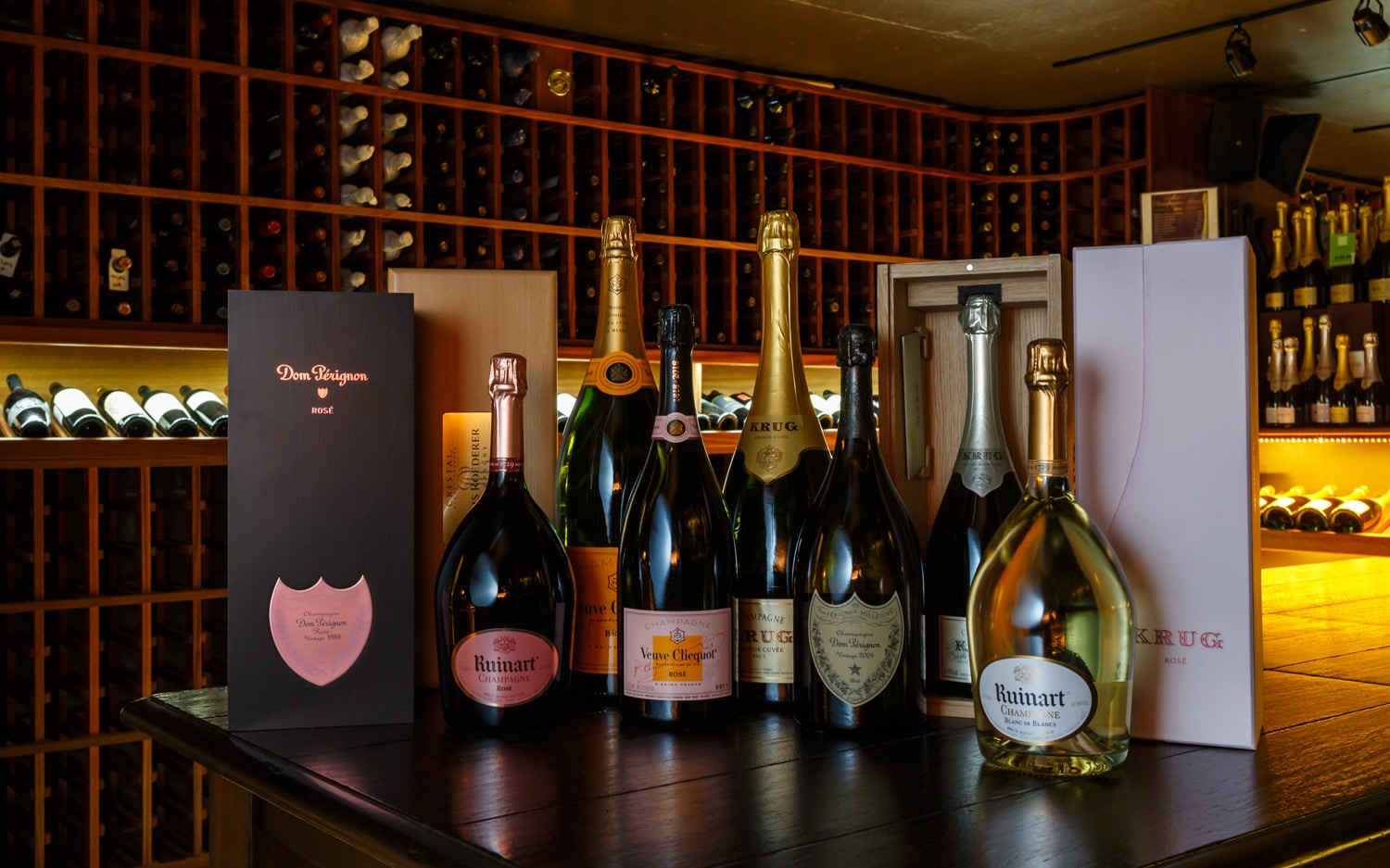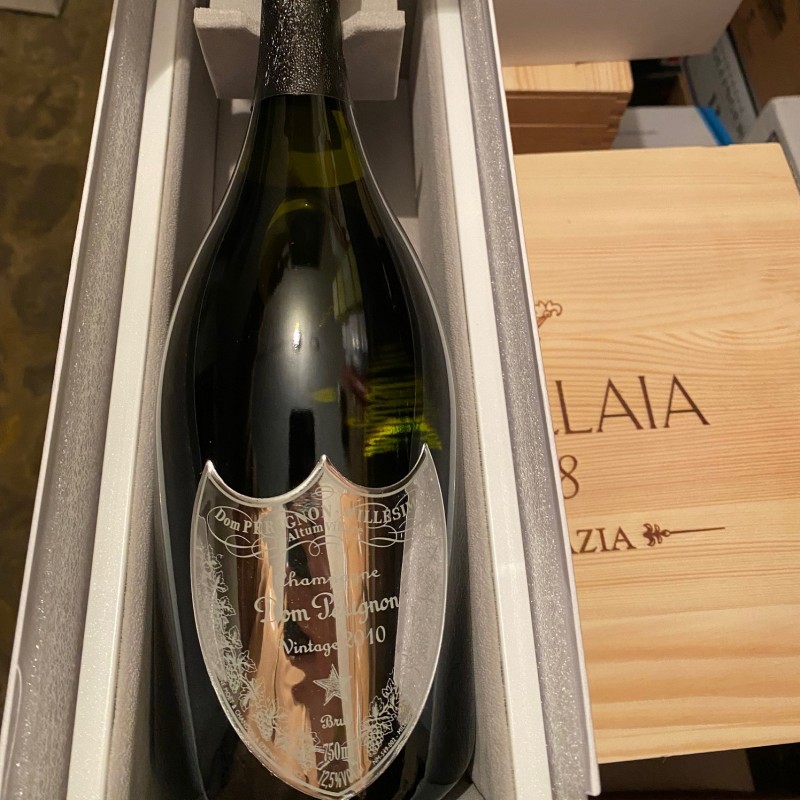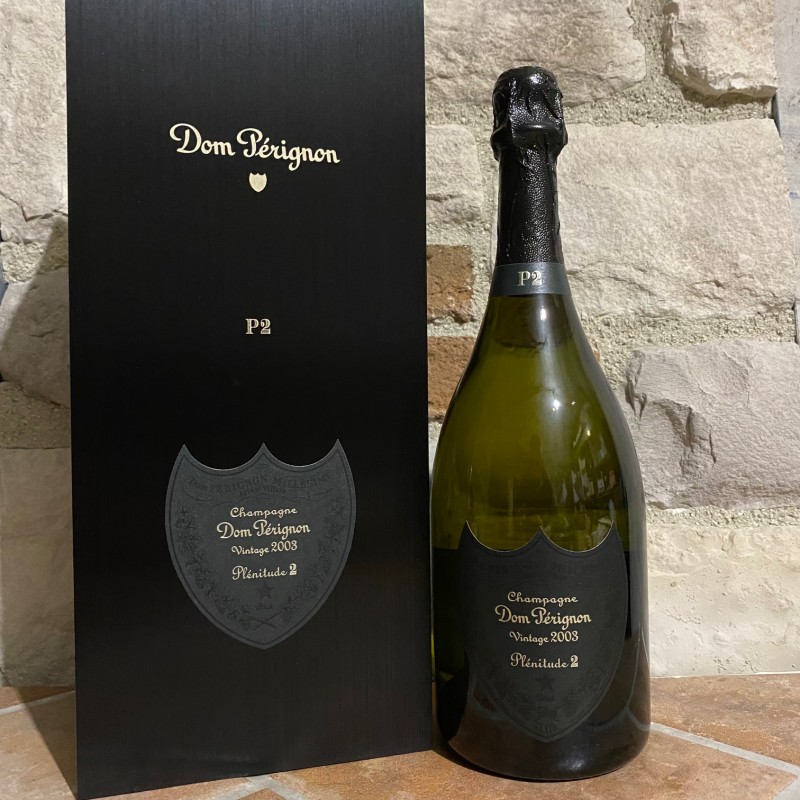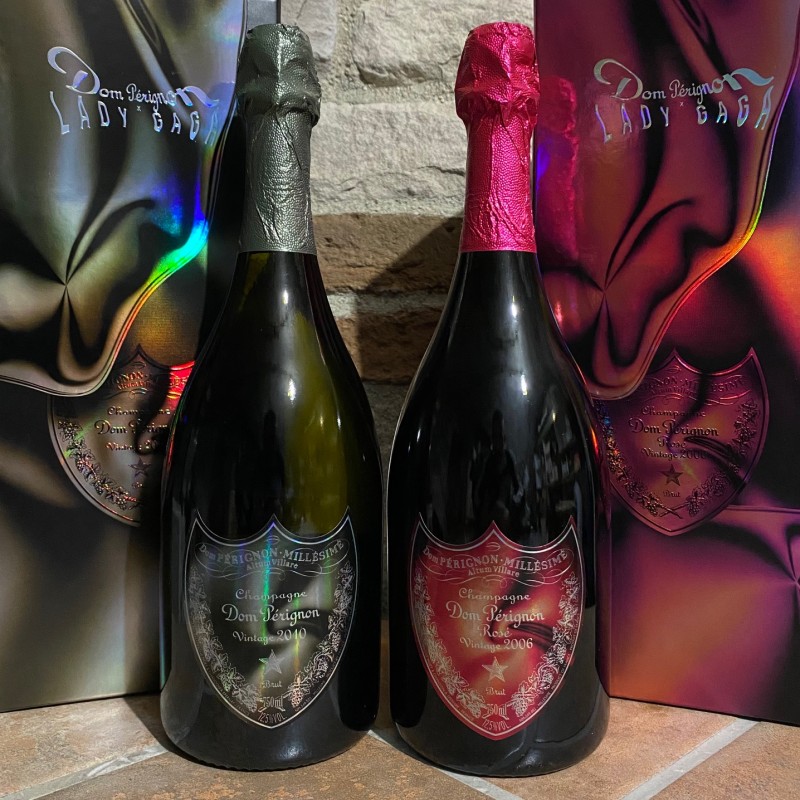Dom Pérignon. The World’s Most Famous Prestigious Champagne
Dom Pérignon is one of the most famous and exclusive champagnes in the world, produced by the French maison Moët et Chandon. The history of the brand is rooted in tradition and each bottle is an authentic masterpiece made from the best Pinot Noir and Chardonnay grapes. Considered one of the most prestigious champagnes due to its rarity and vintage status, Dom Perignon has become a real collector's item.
Connoisseurs, enthusiasts, wine lovers and expert consumers looking for great bottles to collect, have the chance to take home Dom Perignon special editions that care no longer available on the market.
A Legendary Story
Dom Pérignon was founded in 1936 by Robert-Jean de Vogüé, president of the French maison Moët et Chandon, who wanted to create a new champagne label that embodied luxury, prestige and true excellence.
The name "Dom Pérignon" comes from the vinification process used to create it, traditionally attributed to the Benedictine monk Dom Pierre Pérignon, who lived in the abbey of Hautvillers in the 17th century. The monk’s brilliant intuition and undeniable skills led him to discover champagne between 1690 and 1714. He was responsible for the invention of assemblage and the use of corks and heavier bottles for the refermentation of the wine.
In 1829, Pierre-Gabriel Chandon, partner of the great Jean-Rémy Moët, bought the ruins of the abbey to ensure that the birthplace of champagne would not be lost forever. In 1936, the president of Moët Robert-Jean de Vogüé decided name the new champagne after the monk and the abbey where he had worked. The first bottle was a faithful replica of the bottles that Pierre Pérignon had used. The first real harvest with the aim of producing Dom Pérignon from scratch dates back to 1947.


Characteristics and Varieties
Dom Pérignon champagne is a fine wine that is produced in the best years of harvest. Moët et Chandon’s specialized oenologists refuse to compromise and, in order to preserve the quality of the champagne, when the harvest is mediocre they will not produce the wine. The exclusivity of Dom Pérignon lies in the fact that each wine is made only with grapes harvested in the same year: if grapes belonging to different vintages are use then the wine is not a Dom Pérignon.
The white variety of the champagne is distributed at least eight years after the harvest, while the rosé variety becomes ready after at least twelve years. All Dom Pérignon wines are vintage wines produced exclusively in special vintage years. Production is quite vast and some of the most famous and appreciated wines are the Dom Pérignon Vintage and the Dom Perignon P2. The acronym "P2" stands for "Plénitude 2" and indicates the fullness and perfection of the wine, which is left to age for about fifteen years.

Dom Pérignon for Collectors
Dom Pérignon’s peculiarity lies in the fact that only the best harvests are used, but also and above all in the fact that a lot of time elapses between production and sale. This aspect does not limit the size of production but does make Dom Pérignon one of the most sought-after champagnes by collectors. Many bottles are produced in limited editions and are in hight demand across the world.
For champagne lovers, there’s nothing better than a bottle of Dom Perignon. Aficionados line up not only to savor the inimitable taste of the most famous wine in the world, but also to collect the best of Moët et Chandon's production. Whether you’re looking for a gift or a treat for yourself, investing in a large bottle of Dom Pérignon will be rewarded with a tasting experience that does not disappoint and is hard to forget.
If you want the chance to add to your collection you can take part in the auctions for some very rare Dom Pérignon collections. Among the offerings are a complete Vertical P2 collection which includes 8 bottles belonging to the 1993-2003 vintages and a special edition of 9 champagnes produced between 2003 and 2009.

 Art
Art Collectibles
Collectibles Experiences
Experiences Football
Football Match Worn
Match Worn Music
Music Sports
Sports




